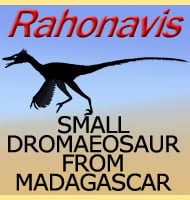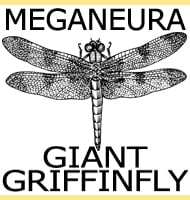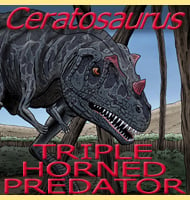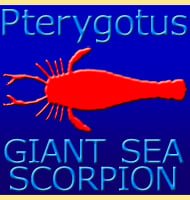In Depth
Named in 2015 alongside Kuttanacaiman and Caiman wannlangstoni, Gnatusuchus was a small genus of caiman crocodile that lived in what is now Peru during the Miocene. The part of Peru that Gnatusuchus is known from would have been an expanse of freshwater swamp at this time, and in this swamp there seems to have been a large number of bivalve molluscs living in the water. Gnatusuchus seems to have adapted to eat these bivalves given that the teeth of Gnatusuchus are rounded and very robust, not very good for piercing flesh, but perfect for smashing up the shells of bivalves so that the soft inner bodies could be swallowed. So abundant were these bivalves that Kuttanacaiman and Caiman wannlangstoni also seem to have focused upon eating these bivalves. Gnatusuchus is noted for having only eleven pairs of teeth in the lower jaw, a surprisingly few number for a caiman.
Further Reading
- A Miocene hyperdiverse crocodylian community reveals peculiar trophic dynamics in proto-Amazonian mega-wetlands. Proceedings of the Royal Society of London, Series B 282:20142490. - R. Salas-Gismondi, J. J. Flynn, P. Baby, J. V. Tejada-Lara, F. P. Wesselingh & P.-O. Antoine - 2015.










